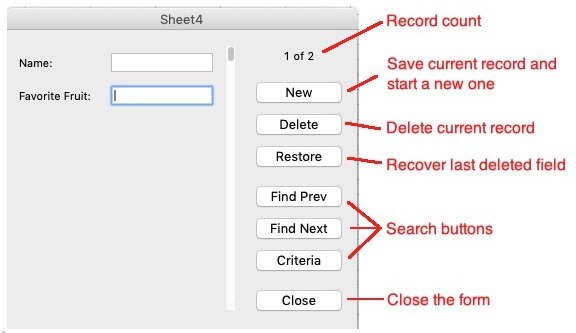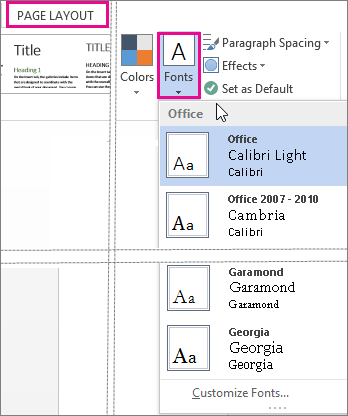

I would recommend setting up a workbook with all the formatting that you want, and then save it for future use. And it will be a Clustered Bar chart, not a Clustered Column chart. I don't think there is a way to do what you are asking for (modify the default template for new workbooks) in Excel 2013. Highlight some data, for example, first six months of this data here, I'm going to press Alt+F1 to see a chart right here on the worksheet. Select the Chart type that you want to be the default. In Excel 2016, click on 'Click for more details' and then click on 'Edit Anyway. To edit the file, youll need to click on the 'Enable Editing' button. Step 3: In the coming Save As dialog box: (2) Click the Save as type box and specify the Excel Template.

Step 2: Click the File > Save > Computer > Browse in Excel 2013, or click the File / Office button > Save in Excel 20. Step 1: Create a new workbook, format the workbook as you need. Suppose, for a while you'll be working on a project, and you want to create a lot of Bar charts, or maybe you just prefer that type. When a file is downloaded from the internet, Excel 2010/2013/2016 will usually open the file in 'Protected View' and a message bar will be shown at the top similar to the one in the image below. Change the default Excel’s workbook template. You could edit the xlt file in your templates directory to remove the two superfluous worksheets. As an aside - its not actually part of the design of Excel, per-sé. However, you might prefer a different kind of chart. My guess is so that it was immediately obvious to users that Excel in fact had the functionality to do this. Step 5: Click the drop-down menu to the right of Use this as the default font, then select your desired default font from. Step 4: Click General in the left column of the Excel Options window.

Step 3: Click Options in the column at the left side of the window. If you create charts quickly using the F11 key, to create a chart on a new sheet, or using Alt+F1 to create a chart on the current sheet, you're likely to get a Clustered Column chart, somewhat like the one we're seeing here, to the right of the data. Step 2: Click the File tab at the top-left of the window.


 0 kommentar(er)
0 kommentar(er)
